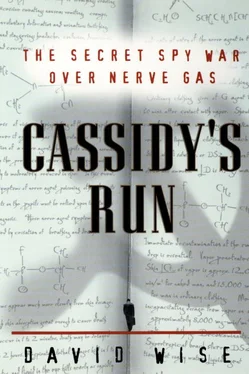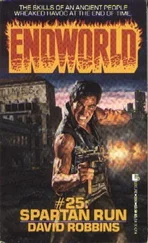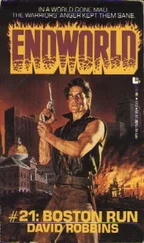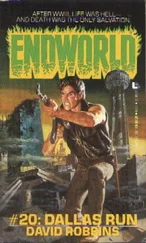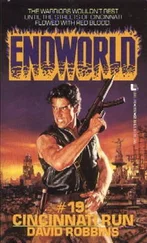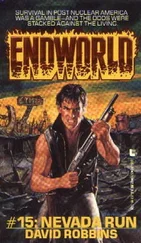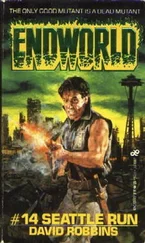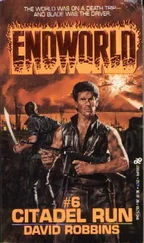But her goal of a college education was met. “The Vincentian Sisters sent me to Duquesne University, which is also in Pittsburgh, in 1947.” The sisters ran schools and hospitals. Sister Miriam taught school and later transferred to hospital work. She was sent by the order to a rural area of southwest Missouri, where she worked in the local hospital and attended Saint Louis University in the summers, earning a master’s degree in hospital administration.
In 1958, she was transferred to Saint Jude’s Hospital in Montgomery, where she found herself in the midst of the turmoil over civil rights. “All the black patients were sent to Saint Jude’s,” she said. “Because of that, there were phone threats to blow up the hospital. Martin Luther King came to the hospital several times and visited patients who had been beaten during civil-rights demonstrations, and some white demonstrators. I would meet him at the door.” [1] In May 1961, John M. Doar, an official of the Justice Department’s civil rights division, was on the scene in Montgomery when the Freedom Riders were beaten with baseball bats and lead pipes at the Greyhound bus station. Doar also went to St. Jude’s to investigate the threats against the hospital. Sister Miriam greatly admired Doar “because he protected St. Jude’s. John spent part of one night by the switchboard with me listening to the threats. He had a set of earphones and could listen to the calls coming in.” In 1974, Doar was counsel to the House Judiciary Committee that voted to impeach President Richard Nixon.
In the spring of 1965, Sister Miriam Joseph turned thirty-eight. “I wanted to get back into teaching. I asked to change from hospital work and was turned down; they said they would have to train someone else. So in January I left the order.” After her brief stopover in Atlanta, she arrived in Baltimore, where her sister Helen lived, and found work as a teacher.
In the spring of 1968, Cassidy’s divorce became final. Krstyen and Cassidy set their wedding date for the third week in June, but an obstacle arose. “I was marrying a divorced man and had problems with the church,” Krstyen recalled. “I went to different priests. It would have been over a thousand dollars to get an annulment. I’d never been married, and I said to the first priest, he [Cassidy] has nothing to do with this. But I was told, ‘You can’t receive the sacraments.’”
To be told she could not receive communion and the other rites of the Roman Catholic church was not acceptable to the former Sister Miriam Joseph. Joe and Marie were married in June as scheduled, but it was three years before the issue of the sacraments was resolved. “I finally found a priest who said, ‘You go right ahead.’ To me, religion is more than some rules a priest makes up. To me, religion is my relationship with God. I go with a peaceful heart and mind to the sacraments.”
The wedding took place in the chapel at Edgewood Arsenal. The chaplain who officiated was a Protestant, but he performed a Catholic service. Jimmy Morrissey and his wife attended the wedding, Marie recalled, “but I didn’t know who they were.”
The bride was in for a shock. “One day shortly after the marriage,” she said, “Morrissey shows up at the apartment and flashes his badge. He said, ‘Your husband is involved in secret work for the United States, working with the FBI and the military.’ He didn’t give any details. He said, ‘There are times when he will have to go out for the whole evening or overnight.’”
When Morrissey had left, Marie turned to her husband.
“You never told me you were involved in anything like this,” she said. “Now I understand why you were asking all those questions about me.” Cassidy, her “truthful guy,” could only smile and shrug.
After the initial astonishment had worn off, Marie began to worry. “I did not resent the fact that it had been kept secret. I knew there was a reason it had been kept secret. But I had some questions. Was it dangerous? The question was running through my own mind, but I did not press Joe about it. I figured it would become clear in time.”
Jimmy Morrissey became a familiar figure in their marriage. Cassidy shielded his wife from much of his activities, but the nature of his mission gradually became clear to her. “I realized it was spy work,” she said. “I figured it out. I knew about double agents. I read about them in a spy novel or saw a movie. I figured he was a ‘good’ spy. But Morrissey never mentioned the country. I didn’t know the country was Russia until Joe told me that the FBI had worried I was a plant.”
One way or another Marie was drawn into her husband’s intelligence work. “Once in the early 1970s,” Cassidy said, “we were leaving Petersburg, Virginia, and I had to go somewhere, to a picnic grove, so I could get a shortwave transmission from Moscow. She walked Beau, our silver poodle, and kept watch while I got the transmission.”
Cassidy could hardly have concealed his secret life from Marie. Although for the most part he used the rollover cameras to photograph the documents he passed to the Russians, on instructions from the Soviets he also bought a camera and a tripod to copy material. At times, Marie saw Cassidy taking pictures of documents or steaming letters on the stove to develop secret writing.
Marie made sure that the spy paraphernalia was kept out of view. “We kept the equipment in the guest room,” she said. “I always made sure the tripod and camera and radio were hidden when we had guests.”
Marie Cassidy did not have to wait very long to learn whether her husband’s espionage work might be dangerous. In October 1968, only four months into their marriage, Cassidy received a microdot instructing him to travel abroad—something that had never happened before. He was to go to Mexico City for a meeting. The instructions gave the date and the time of night that he was to be on a certain street. He was not asked to bring any documents.
It was an alarming turn of events, for both Cassidy and the FBI. It was not clear why the Soviets wanted to meet Cassidy outside the United States. For the first time, WALLFLOWER might be in real danger.
CHAPTER: 10
“THEY MIGHT SHOOT ME”
The KGB wasresponsible for counterintelligence within the Soviet military, including the GRU. So it was not unreasonable to believe that if Moscow had somehow discovered that Cassidy was an American spy, he could be targeted.
As the poison-umbrella attack on Georgi Markov demonstrated, the KGB had the capability to assassinate its enemies or to provide its allies with the means to do so. In the 1950s and 1960s, the KGB carried out a number of hits, some successful. [1] In From Russia with Love, Ian Fleming, the creator of James Bond, popularized SMERSH as “the official murder organization of the Soviet government.” In fact, during World War II, the Soviet army did have special units called SMERSH to spy on the armed forces, liquidate disloyal elements, and track down Nazi agents.
In 1954, for example, Nikolai Y. Khokhlov was dispatched to Frankfurt to assassinate the leader of an anti-Soviet exile group. He was armed with a noiseless gun disguised as a cigarette pack that fired bullets laced with potassium cyanide. Instead of carrying out the hit, Khokhlov defected. But in 1957, Moscow sent Bogdan Stashynsky, who later described himself as a professional killer for the KGB, to liquidate Lev Rebet, a Ukrainian exile leader in Munich. He murdered Rebet with a special gun that fired a spray of prussic acid, the liquid form of cyanide. Two years later, with an improved model of the vapor gun, he assassinated Stefan Bandera, another Ukrainian exile leader in Munich. Stashynsky later fled to West Germany and was convicted of the murders and sentenced to eight years in prison.
Читать дальше
